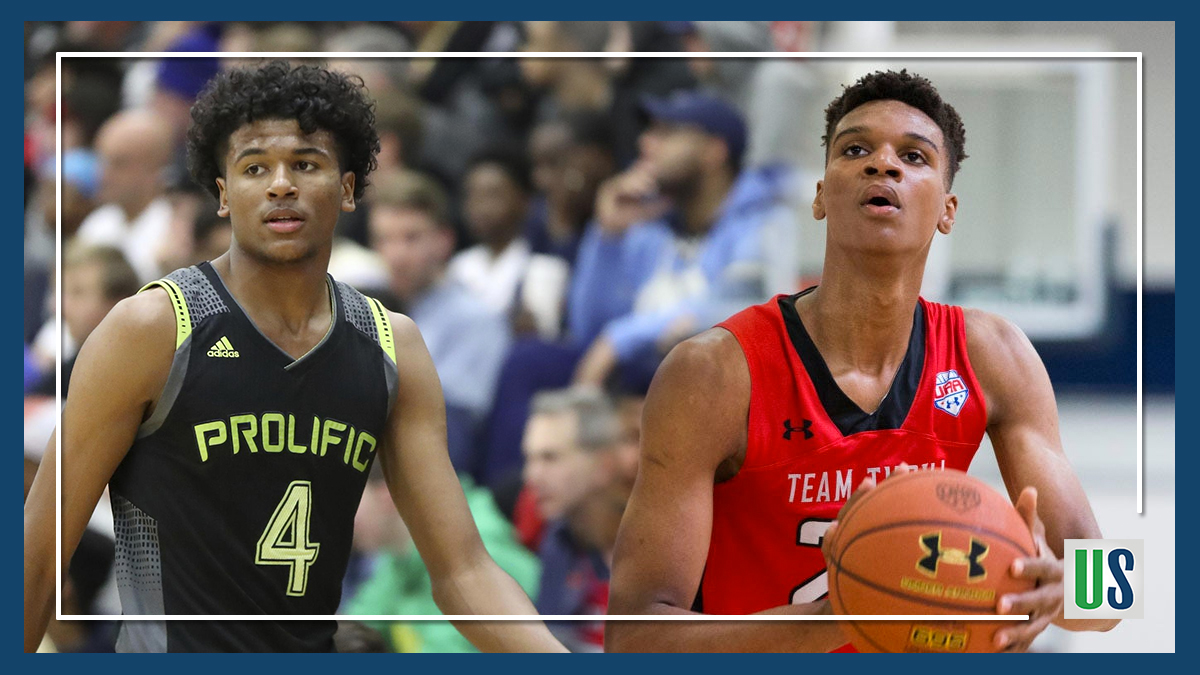
The NCAA is at a crossroads in regards to the future of big-time college sports. This is true whether the NCAA chooses to acknowledge it or not. It is especially true when it comes to college basketball. Over the last few years, several highly ranked high school basketball prospects have opted out of college and pursued other unconventional paths to the NBA. It is happening again with top-ranked high school basketball prospects Jalen Green, Isaiah Todd, and Daishen Nix. Green, Todd, and Nix have opted-out of college basketball to participate in the NBA G League’s Professional Pathway Program. Once again, the NCAA has to watch as two highly sought after recruits choose different paths to the NBA. If the NCAA wants to continue to survive and thrive, the organization must make some major changes.
What is the NBA G Leagues Pathways Program and Why is it a Viable Option?
In 2018, the NBA G-League became an option for elite basketball players. Then the league announced that it would provide “select contracts” valued at $125,000. The players had to be at least 18 years old and ineligible for the NBA Draft. The G-League has since then revamped the program to make it more attractive to prospective players. Specifically, the G-League now offers higher valued contracts and a full scholarship to Arizona State University.
Accordingly, Green’s contract is said to be for $500,000 or more. Green could possibly net $1 million by the time endorsements are factored in. Todd and Nix will also earn a six-figure salary.
Green, Todd, and Nix will play on a new team with no affiliation to any existing G-League or NBA team. The team will only play 20 games as opposed to the G-League’s usual 50 games. The G-League’s program is so attractive to players like Todd, Green, and Nix because it gives them an opportunity to earn their worth. Players in the G-League program will also get on and off the court training and coaching from top NBA officials. The NCAA currently does not provide that type of opportunity. It is true that many players receive scholarships. The scholarship and the ensuing education are very valuable. However, it is not representative of a player’s full value.
Big-Time College Sports is a Billion Dollar Business
The NCAA makes a billion dollars from the March Madness tournament alone. Coaches and other administrative staff have high six-figure and million-dollar salaries. Meanwhile, the players may only receive a scholarship up to the cost of attendance. While scholarships are valuable, it does not mean that the players should not be able to receive other forms of compensation. The college sports system needs to create a more equitable system or players will keep choosing other options. College basketball has already missed out on quite a few exceptional talents in recent years.
College Basketball has Missed out on Exceptional Talent Over the Last Few Seasons
Recently, top college basketball prospects have skipped college and pursued other paths to the NBA. For instance, Darius Bazley was the 13th best high school basketball player in the class of 2018. He decided to forego playing for Syracuse University to prepare for the NBA Draft on his own. While self-preparing for the NBA Draft, he completed an internship with New Balance where he earned $1 million. Bazley has the potential to earn up to $14 million from the internship if he meets all of his performance incentives. Additionally, RJ Hampton, who was ranked number 5 in 2019, skipped college to play professionally for the National Basketball League’s New Zealand Breakers.
Similarly, LaMelo Ball made it clear he would not be attending college early in his high school basketball career. While in high school, Ball signed with an agent and entered into a contract to play in the Lithuanian Basketball League. At that point, any chance Ball had at playing college basketball ended. LaMelo Ball went on to play professionally for the National Basketball League’s Illawarra Hawks. Earlier this month, it was announced that Ball was in negotiations to purchase the Illawarra Hawks team. The opportunity to purchase the team he is playing is an extraordinary perk and outcome of charting a different path to the NBA.
Ball and Hampton are projected to be picked in the first round of the NBA Draft this year. If Ball and Hampton, like Bazley, are drafted in the first round it is sure to get the attention of future potential college basketball players. More players may decide to follow in their footsteps.
Other Players Have Sought Other Unconventional Routes to the NBA Outside of the G-League and National Basketball League
Green and Todd are not the only players who decided not to attend college. Kyree Walker, another top high school basketball prospect, also announced that he would not be attending college. Walker has opted to train with Chameleon BX. Chameleon BX is a 12-month program ran by Frank Matrisciano. The program is designed to prepare elite high school athletes for the NBA Draft.
The NCAA Better Wakeup and Seize Their Opportunity to Finally Allow College Athletes to Earn Their True Value
The NCAA still has a chance to make college sports more equitable and become a better option for future basketball prospects. Due to increasing pressure from public opinion and several state legislatures, the NCAA has been forced to consider allowing college athletes to profit from their name, image, and likeness. Last year, California became the first to enact legislation requiring schools to allow college athletes to profit from their name, image, and likeness. The law is set to take effect in 2023. Other states quickly followed suit drafting related bills. In March, Colorado joined California and signed a similar bill into law designed to give college athletes the ability to profit from their name, image, and likeness. That bill too is set to become effective in 2023.
However, Florida is currently considering a similar bill that could become effective on July 1, 2021. In the midst of all of this, the NCAA created a working group to address the name, image, and likeness issue. In October the NCAA announced that they were going to allow college athletes to “benefit” from their name, image, and likeness. The NCAA issued guidelines and principles that they are going to consider regarding the issue. Their guidelines left more questions than it provided answers.
The NCAA is scheduled to announce its detailed plan to allow college athletes to “benefit” from their NIL this week. They have another opportunity to make meaningful changes to make college sports more equitable. The billion-dollar non-profit organization must update its rules to adequately compensate the players who make their revenue possible. If they do not, they will continue to lose their top talent to the G-League and the National Basketball Association.


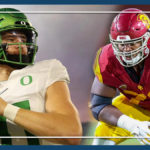
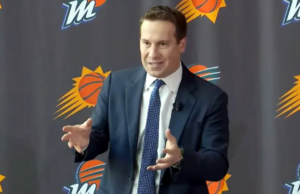
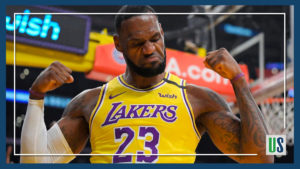
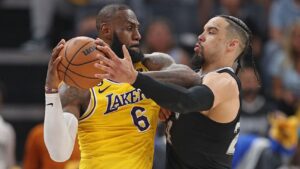

No comment yet, add your voice below!